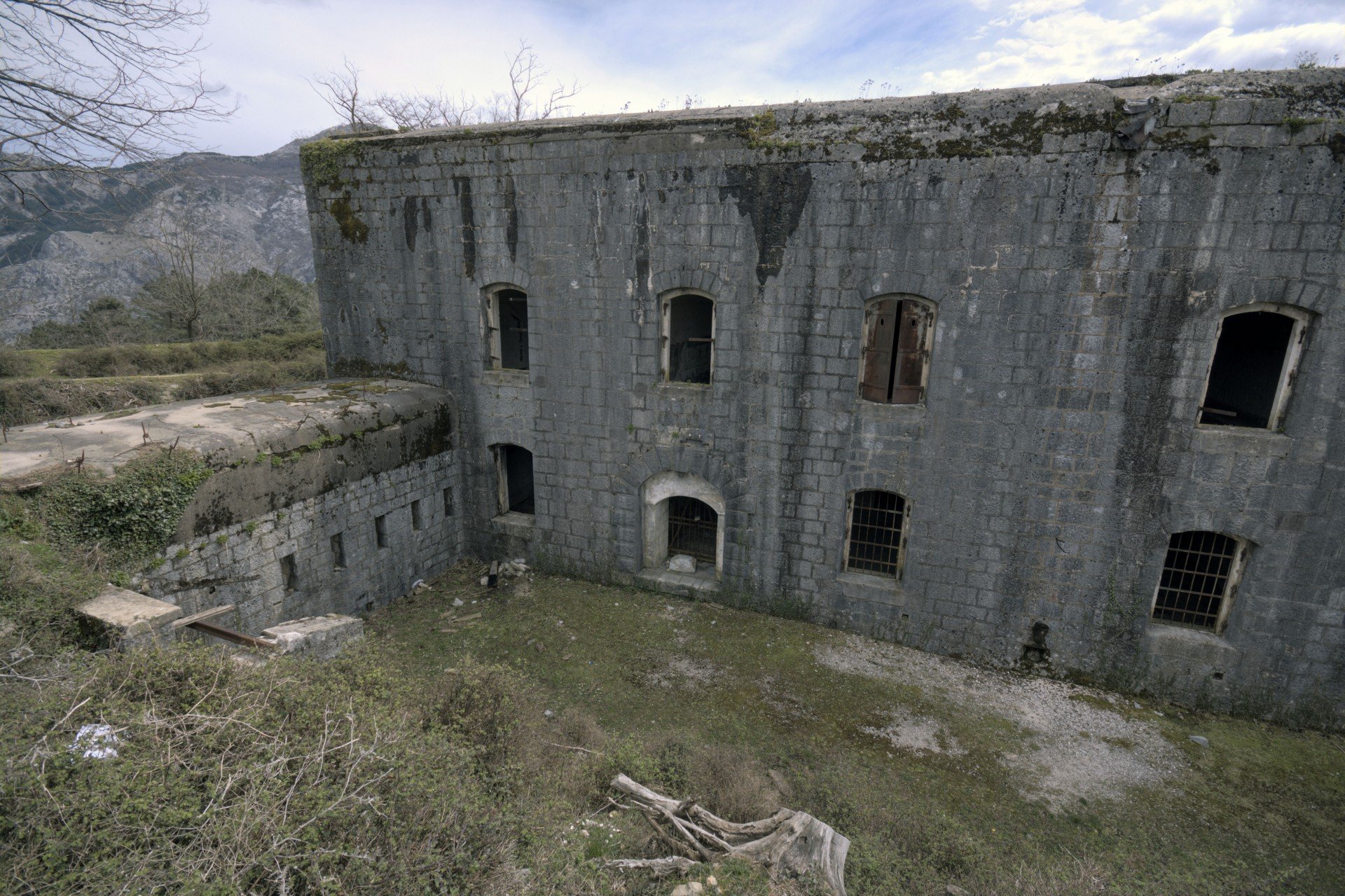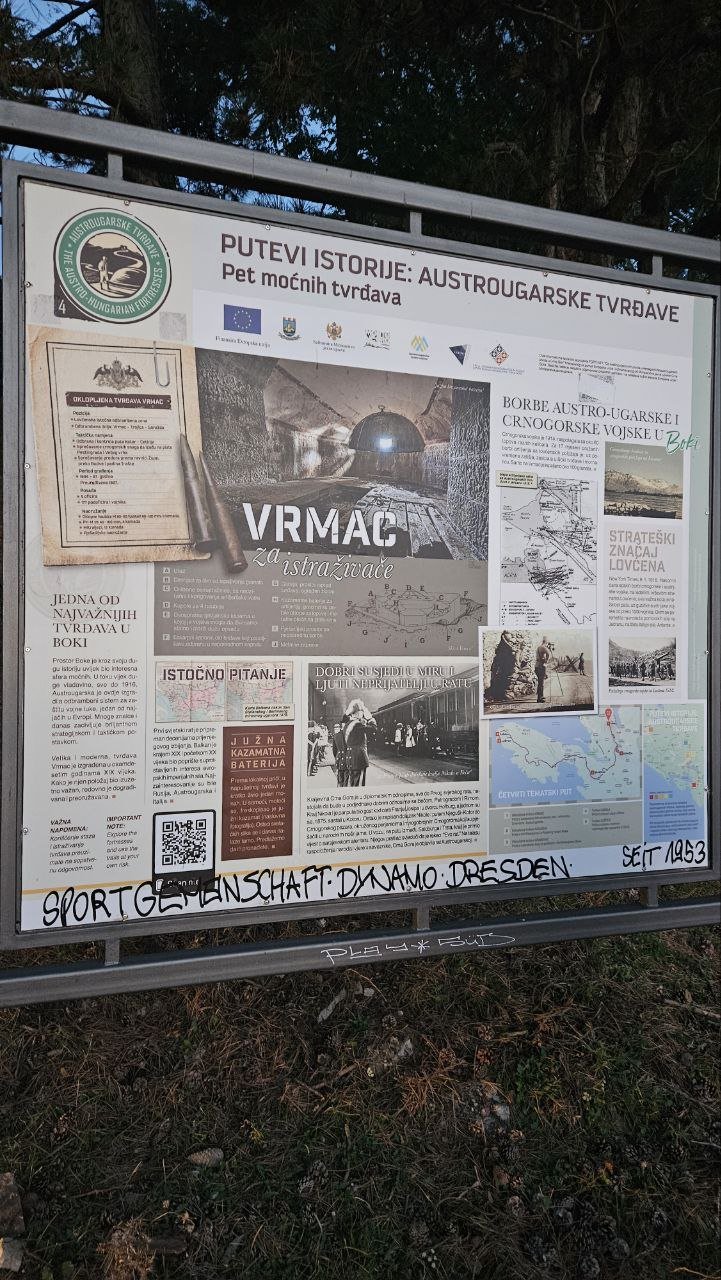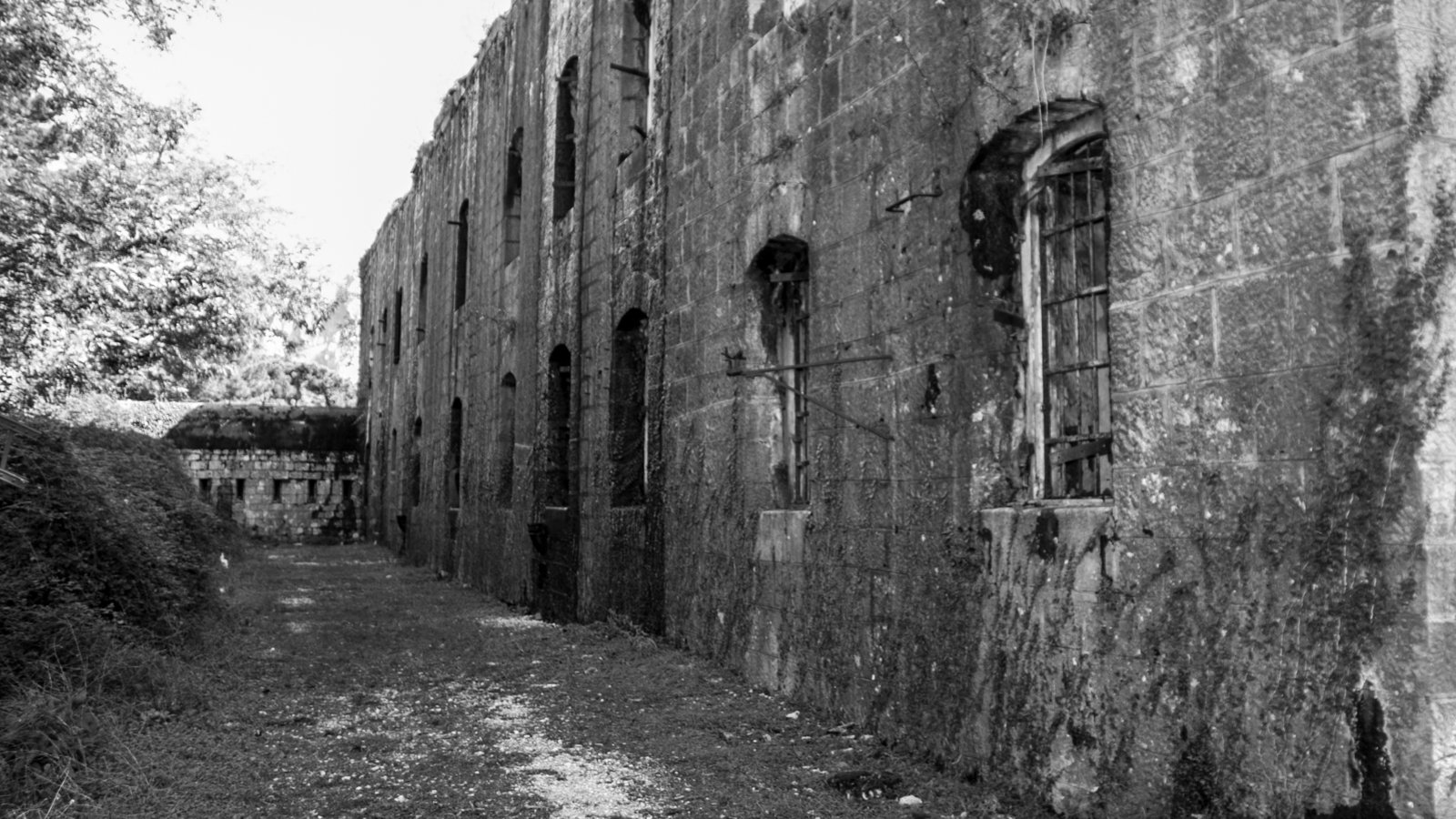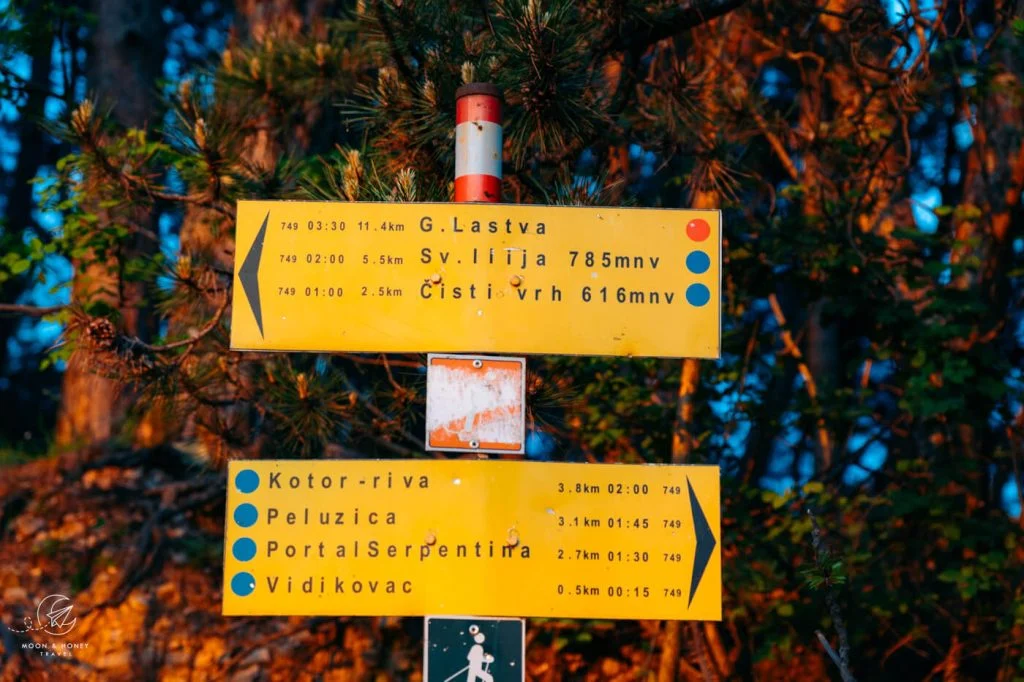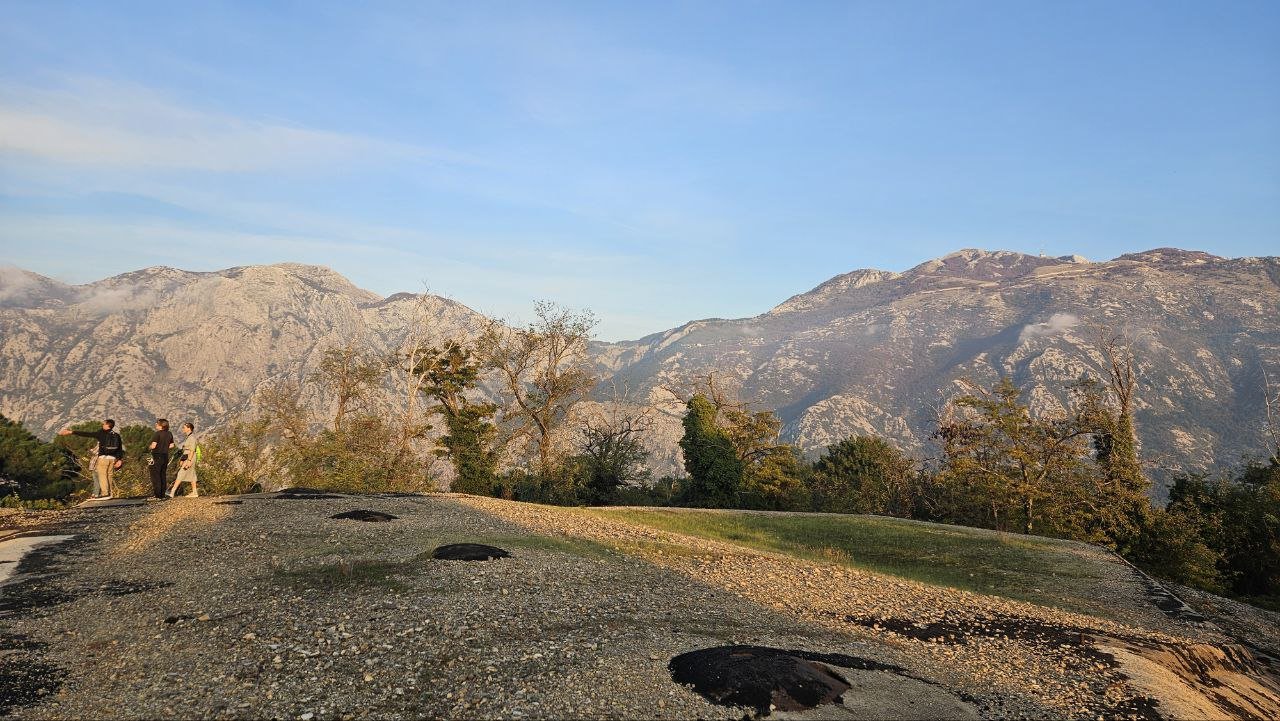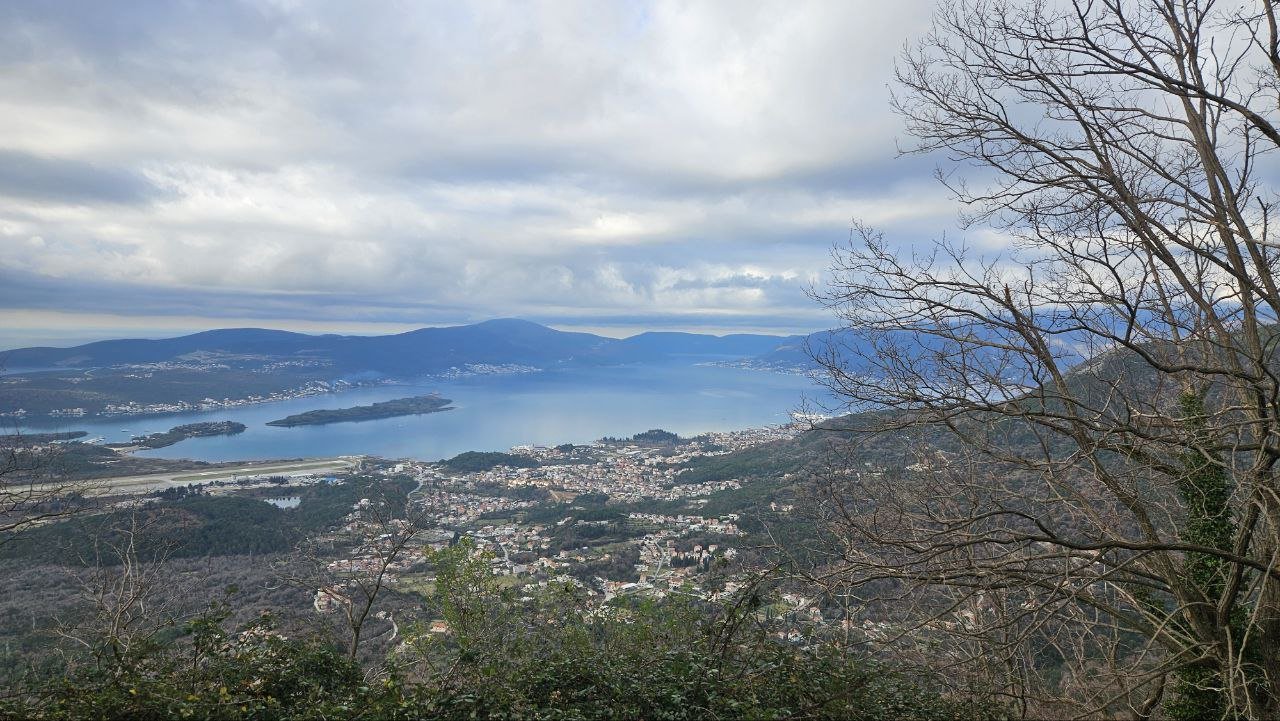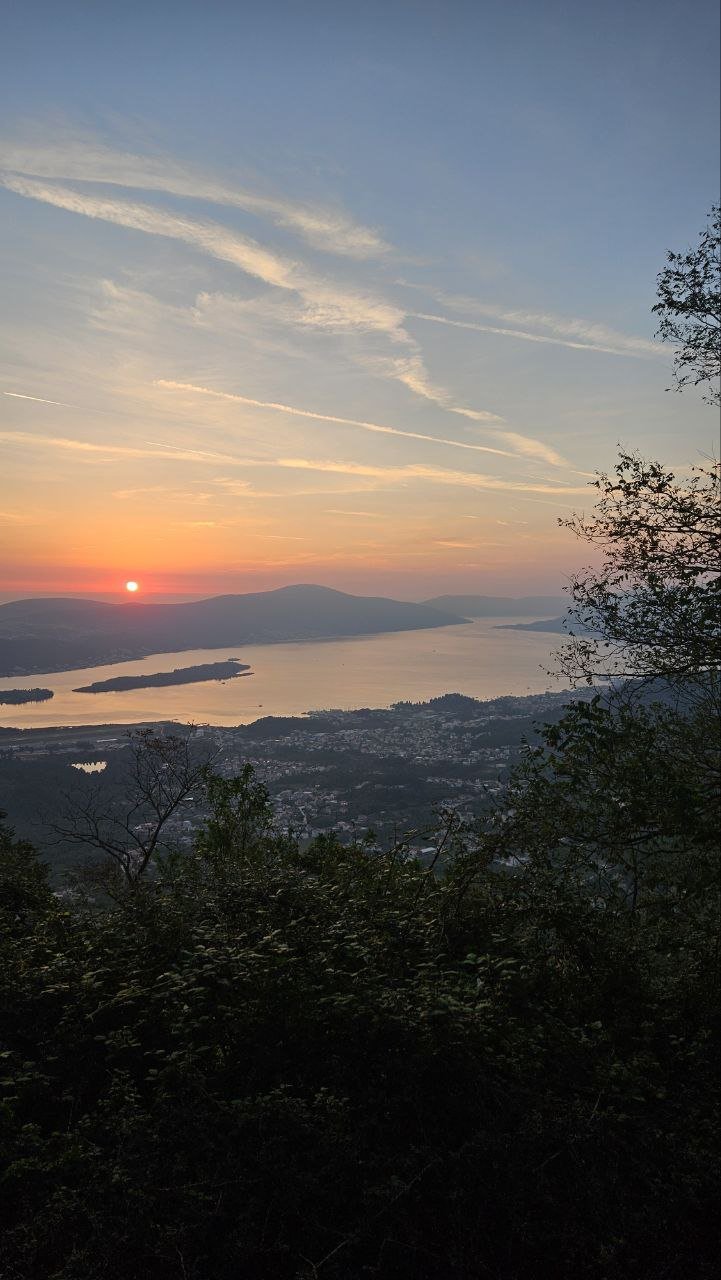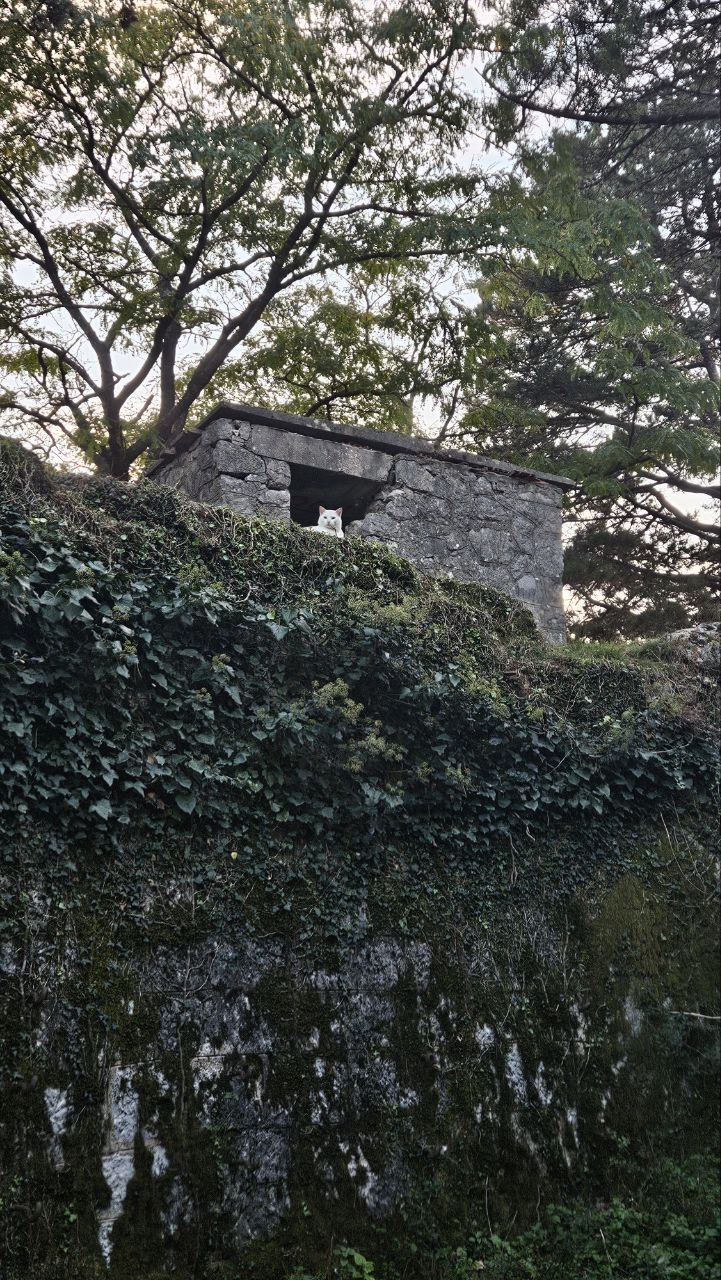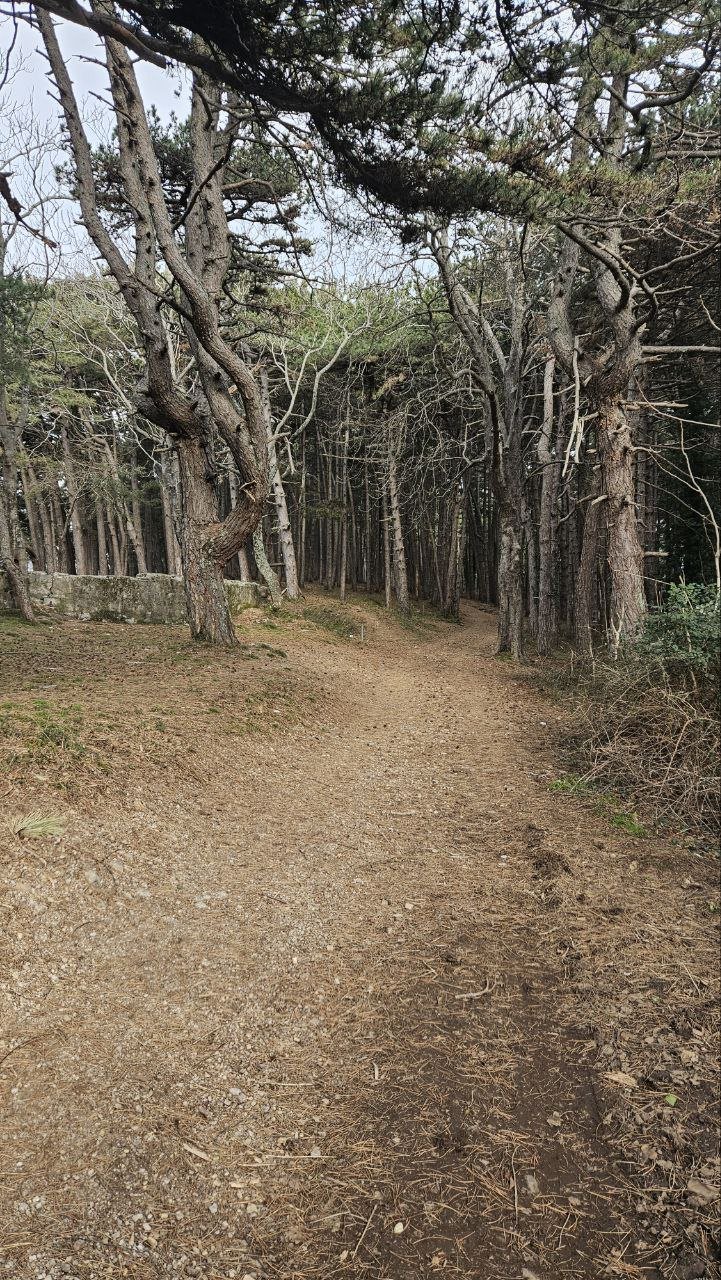Fort Vrmac (Montenegrin: Tvrđava Vrmac/Тврђава Врмац, German: Werk Vermac) is a former Austro-Hungarian fortification located on the southern end of the Vrmac ridge, near the town of Tivat, Montenegro. Built between 1894 and 1897, the fort played a key role in the Austro-Hungarian defense system during the early 20th century. The fortress saw significant action during World War I, enduring heavy bombardment by Montenegrin forces. Despite repairs and upgrades over the years, the fort was abandoned after the collapse of the Austro-Hungarian Empire. Today, Fort Vrmac stands as one of the best-preserved Austro-Hungarian fortifications in the Bay of Kotor region.
Historical Background
The Bay of Kotor served as a critical naval base for the Austro-Hungarian Empire during the 19th and early 20th centuries. The town of Kotor (then known as Cattaro) was a key military hub, while the surrounding mountainous hinterland was controlled by the independent Principality of Montenegro. This proximity to Montenegro posed a constant threat to Austro-Hungarian control of the bay, especially since Montenegrin forces, supported by Russian allies, aimed to take over the strategic bay.
The Austro-Hungarians faced several uprisings from local clans, particularly the powerful Krivošije clan, who lived on the eastern slopes of Mount Orjen above Risan. In 1869, the Krivošije defeated an Austro-Hungarian force sent to suppress their rebellion. To counter these threats, the Austro-Hungarians constructed a network of fortifications around the Bay of Kotor, including Fort Vrmac.
Location and Strategic Importance
Fort Vrmac is situated on the Vrmac ridge, a limestone formation that rises to 785 meters (2,575 feet) above sea level, dividing the inner and outer parts of the Bay of Kotor. The fort’s location offered a strategic vantage point overlooking Kotor to the east, the Troica Pass to the south, and the Župa Valley to the west.
The fortress was connected by a military road built by the Austro-Hungarians, running from Troica to Gornja Lastva in Tivat Municipality. Another path leads from Muo, a suburb of Kotor, up the mountainside to the fort. Fort Vrmac was designed to provide mutual support to nearby fortifications, including Fort Gorazda and the Škaljari Battery. By 1909, it was also supported by Fort Trašte, situated above the Tivatsko Polje plain. Despite its strong defensive position, Fort Vrmac was vulnerable to artillery fire from the Lovćen Mountains, which loomed across the bay.
Description of Fort Vrmac
The fort was built using reinforced stone and concrete, with a design typical of Austro-Hungarian fortifications of the “Vogl period”. The structure is irregularly pentagonal, with two levels and surrounded by a defensive ditch. The entrance, located on the north side, is protected by a caponier (a covered passage for firing at attackers).
The fort’s artillery consisted of armored casemates housing its main guns, with howitzers and observation turrets installed in steel cupolas manufactured by Škoda Works in Plzeň. The roof was reinforced with 1.5 meters (4.9 feet) of concrete during an upgrade in 1906-1907, following improvements in Montenegrin artillery capabilities.
The fort’s barracks were located on the north side, while casemates and artillery positions faced towards potentially hostile territory. A separate ammunition magazine was built a short distance from the main fortification.
Military Role and Upgrades
The original fort on Vrmac, constructed in 1860, played a minor role in earlier military conflicts. However, the Krivošije uprisings prompted the Austro-Hungarian State Fortification Commission to replace the outdated structure with a more advanced fortress.
By World War I, Fort Vrmac was the most modern fortress defending the naval base at Kotor. It was equipped with:
- Eight 12 cm (4.7 in) M80/85 mortars
- Four 10 cm (3.9 in) PH M05 guns
- Twelve gun carriages
Initially, the fort had provisions for four field guns to be mounted on the roof for close-range defense. However, this feature was removed during the 1906-1907 upgrade, after which the fort was reclassified for long-range artillery use only.
World War I and Aftermath
During World War I, Fort Vrmac played a significant role in the Austro-Hungarian Third Military District’s defenses. However, by the time war broke out, the fort was already considered outdated. Plans to build a new bomb-proof fortress on Sveti Ilija (Hoher Vrmac), the highest point of the ridge, were never realized due to the war.
The fort came under heavy bombardment from Montenegrin artillery, with calibers of up to 24 cm (9.4 inches). Despite severe damage, the Austrians managed to repair the fort after seizing Mount Lovćen in early 1916, which forced the Montenegrins to retreat out of artillery range.
After the war and the collapse of the Austro-Hungarian Empire, the Bay of Kotor became part of Yugoslavia. Fort Vrmac was occupied by the Royal Yugoslav Army for a time before being abandoned. During this period, one of the fort’s casemates was decorated with Eastern Orthodox Christian icons. Today, the fortress remains in an abandoned but well-preserved state.
Key Features of Fort Vrmac
- Construction Period: 1894-1897
- Location: Vrmac ridge, near Tivat, Montenegro
- Defensive Elements: Reinforced stone and concrete structure, armored casemates, defensive ditch, steel observation cupolas
- Artillery: Eight 12 cm mortars, four 10 cm guns, observation turrets
- Accessibility: Via military road from Troica or a hiking path from Muo
- Current Condition: Abandoned, but well-preserved and open to visitors
Fort Vrmac Today
Fort Vrmac is one of the best-preserved Austro-Hungarian fortifications in the Bay of Kotor area. The fort’s strategic position and architectural design make it a unique historical site for visitors interested in military history and hiking. However, caution is advised when exploring the site, as there are open pits and holes in the floors.
Although abandoned, the fort remains a symbol of the Austro-Hungarian presence in Montenegro and a testament to the turbulent history of the region. For those visiting Kotor or Tivat, Fort Vrmac offers a glimpse into the past and an opportunity to experience Montenegro’s rich cultural and historical heritage.

